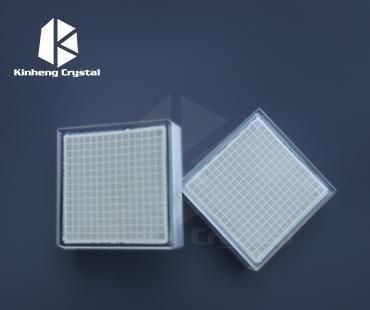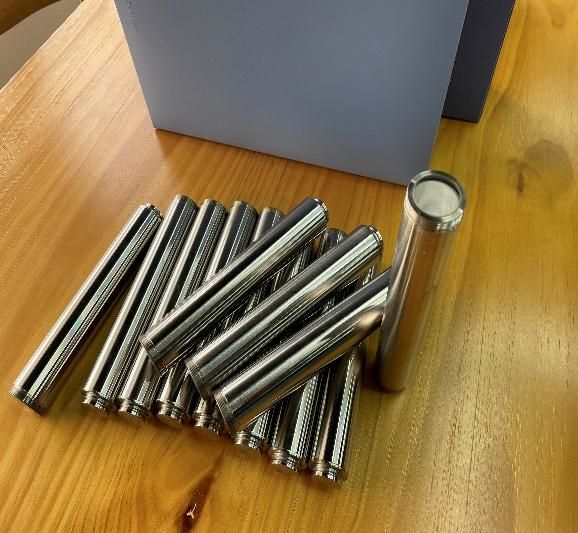CsI TL and NaI TL are both materials used in thermo luminescence dosimetry, a technique used to measure doses of ionizing radiation.
However, there are some differences between the two materials:
Ingredients: CsI TL refers to thallium-doped cesium iodide (CsI:Tl), NaI TL refers to thallium-doped sodium iodide (NaI:Tl). The main difference lies in the elemental composition. CsI contains cesium and iodine, and NaI contains sodium and iodine.
Sensitivity: CsI TL generally exhibits higher sensitivity to ionizing radiation than NaI TL. This means that CsI TL can more accurately detect lower doses of radiation. It is often preferred for applications requiring high sensitivity, such as medical radiation dosimetry.
Temperature range: The thermo luminescence properties of CsI TL and NaI TL vary according to the luminescence temperature range. CsI TL generally emits light in a higher temperature range than NaI TL.
Energy response: The energy response of CsI TL and NaI TL is also different. They may have different sensitivities to different types of radiation, such as X-rays, gamma rays, or beta particles. This variation in energy response can be significant and should be considered when selecting the appropriate TL material for a specific application.
Overall, both CsI TL and NaI TL are commonly used in thermo luminescence dosimetry, but they differ in composition, sensitivity, temperature range, and energy response. The choice between them depends on the specific requirements and characteristics of the radiation measurement application.
Post time: Oct-18-2023







